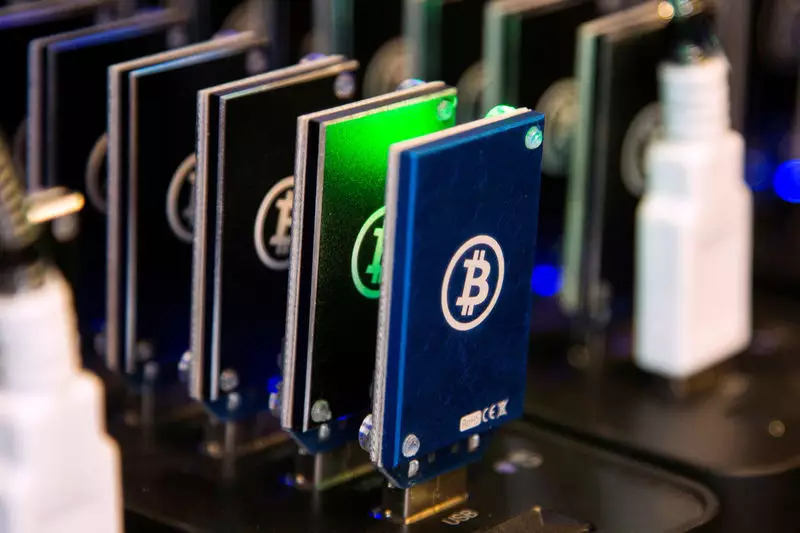The recent announcement of the Consumer Price Index (CPI) for December has stirred considerable excitement across financial markets. The CPI indicated a monthly increase of 0.4%, exceeding predictions that estimated a more modest 0.3% hike. This growth reflects broader underlying inflationary pressures, with the annual CPI now reaching 2.9%. This marks the highest inflation rate observed since July 2024 and represents a notable trend, as it signifies the third consecutive month of increases. Such inflation dynamics often ripple through various asset classes, igniting investor attention, particularly within the cryptocurrency space.
The immediate aftermath of the CPI announcement was characterized by a swift uptick in the prices of cryptocurrencies, notably Bitcoin and XRP. Bitcoin, the flagship cryptocurrency, saw its price surge over 2% within minutes of the news breaking. Meanwhile, XRP demonstrated even more pronounced volatility, skyrocketing by an astounding 3.5% in just one minute. For a market participant, witnessing these rapid price fluctuations suggests a very lively trading environment, reminiscent of seismic activity in the financial landscape.
Such swift changes in valuation are not trivial; they affect multi-billion dollar market cap assets, and can lead to significant gains or losses for investors involved. Short-sellers—often referred to as ‘bears’—may have found themselves grappling with the implications of this CPI report. Data from CoinGlass revealed that liquidations of short positions since the CPI release reached an astonishing $87.23 million, overshadowing the amount liquidated among long positions and contributing to a broader liquidation tally of around $250 million shortly thereafter.
This spike in short position liquidations underscores the intense volatility often experienced in crypto markets, particularly in response to macroeconomic indicators. Of the $250 million in liquidated positions, a staggering 63% pertained to short-sellers, many of whom were caught off-guard by the CPI’s unexpected uptick. Bitcoin and Ethereum established themselves as the primary targets for these short liquidations, but XRP, now the third-largest cryptocurrency by market cap, also emerged as a significant player, contributing to over $14 million in liquidations alone.
Such events emphasize the risks associated with trading cryptocurrencies, where market sentiment can shift dramatically within moments. As prices fluctuate, the pressures on bearish positions can lead to a cascading effect, further intensifying the marketplace dynamics.
As we gaze into the future, the effects of the latest CPI report on the cryptocurrency market remain uncertain. Significant developments in the regulatory landscape, such as the upcoming resignation of SEC Chairman Gary Gensler and anticipated changes within the U.S. administration, could yield profound implications for market direction. Investors are left speculating whether the bullish momentum will continue or if bearish sentiments will re-emerge in this evolving context.
The December CPI report has not only sparked immediate market reactions but has also set the stage for future developments that could reshape the landscape for cryptocurrencies like Bitcoin, Ethereum, and XRP. Investors now face the challenge of navigating this volatility while being acutely aware of the broader economic factors at play.

